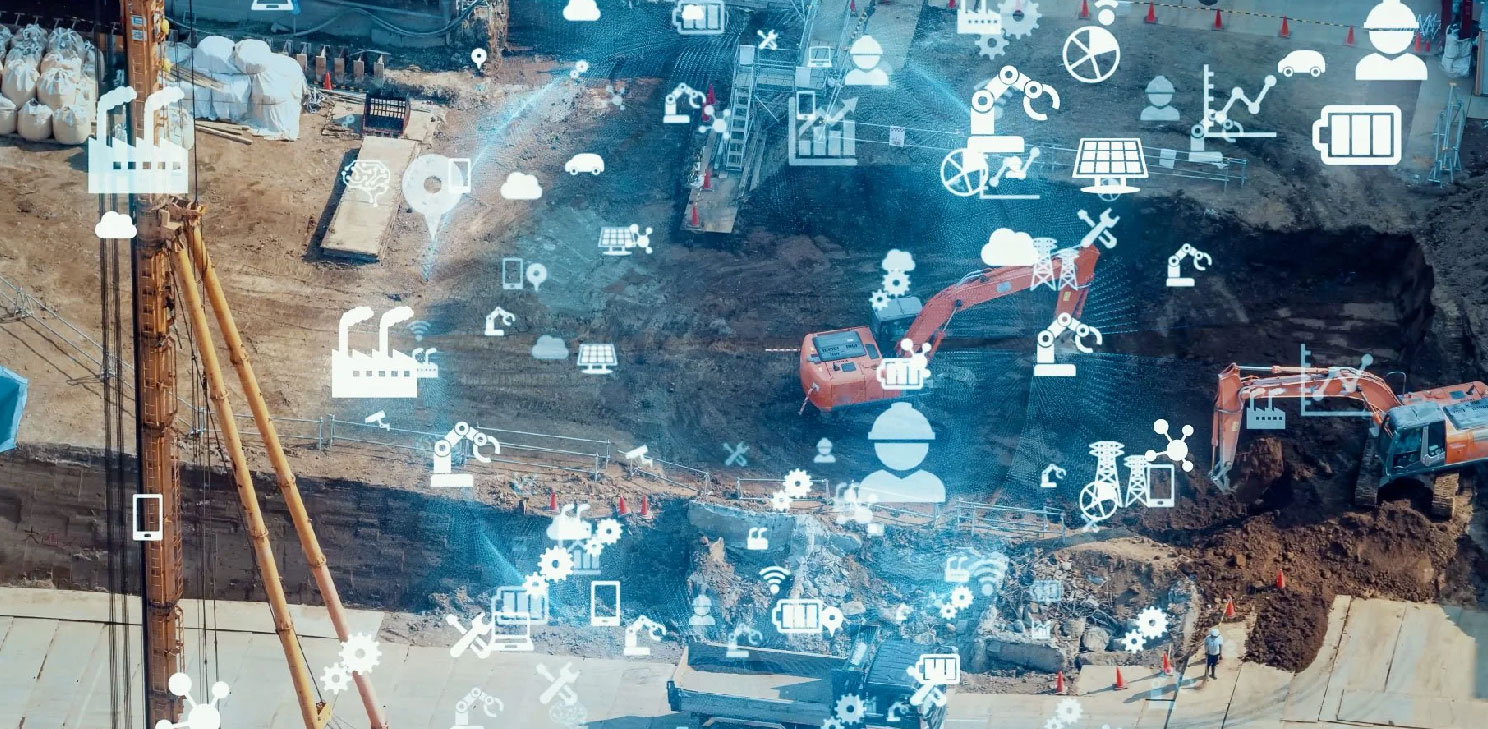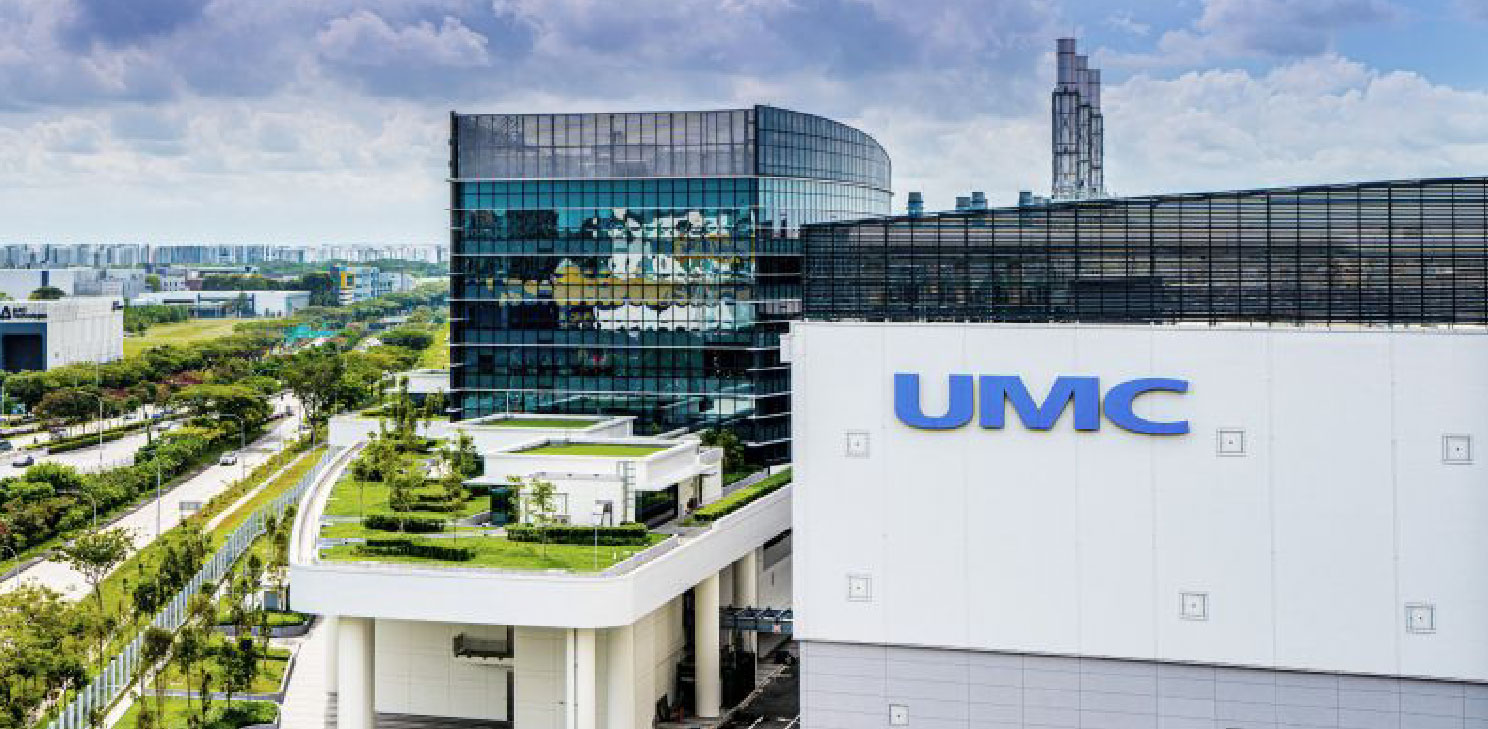The emergence of 5G is transforming digital infrastructure, reshaping how data centres are conceived, built, and operated. Far beyond faster mobile speeds, 5G data centre design is about supporting ultra-low latency, massive data throughput, and distributed connectivity.
Edge-Centric Infrastructure
A defining feature of 5G data centre design is the move from centralised facilities to distributed, edge-based architectures. Smaller modular sites positioned closer to users enable real-time processing for applications such as autonomous vehicles, telemedicine, and IoT networks. This decentralisation complements core hyperscale data centres, creating a tiered network of regional and edge facilities that reduce latency and improve performance.
Higher Density and Energy Efficiency
5G is driving a surge in data volume and processing demand, compelling data centres to adopt high-density infrastructure and advanced cooling technologies. Liquid cooling and refined airflow systems are becoming standard to manage rising power densities. While 5G is more efficient per bit than previous generations, overall energy use may still rise due to the proliferation of smaller edge sites, making sustainability and efficiency critical design considerations.
Network Intelligence and Precision
Modern data centres must now integrate more sophisticated network architectures to accommodate 5G’s requirements. Capabilities such as network slicing and precise synchronisation demand programmable, software-defined networking. Facilities must support telecom-grade timing accuracy to host virtualised network functions, embedding real-time responsiveness into the infrastructure itself.
Operational Automation and Security
5G also influences operational strategy. Enhanced automation, predictive analytics, and IoT-driven monitoring enable facilities to manage workloads dynamically and maintain resilience. However, the expansion of distributed edge networks increases exposure to cyber threats. As a result, Zero-Trust frameworks, continuous monitoring, and AI-based threat detection are becoming essential to secure modern 5G data centre design.
Redefining the Future of Infrastructure
The transition to 5G calls for scalable, flexible, and secure infrastructure capable of supporting next-generation digital ecosystems. The data centre of the future will not merely serve as a storage hub but as an intelligent, distributed network node designed for instantaneous data exchange.
In essence, 5G data centre design represents a strategic evolution — towards decentralised computing, greater efficiency, and seamless integration with advanced communication networks.
To attend talks from industry leaders, connect with solution providers and network with peers, join us at the 3rd Constructing Green Data Centers: Revolutionizing Planning, Design, and Engineering, taking place February 10-11, 2026 in Las Vegas, Nevada, USA.
For more information, click here or email us at info@innovatrix.eu for the event agenda. Visit our LinkedIn to stay up to date on our latest speaker announcements and event news.













